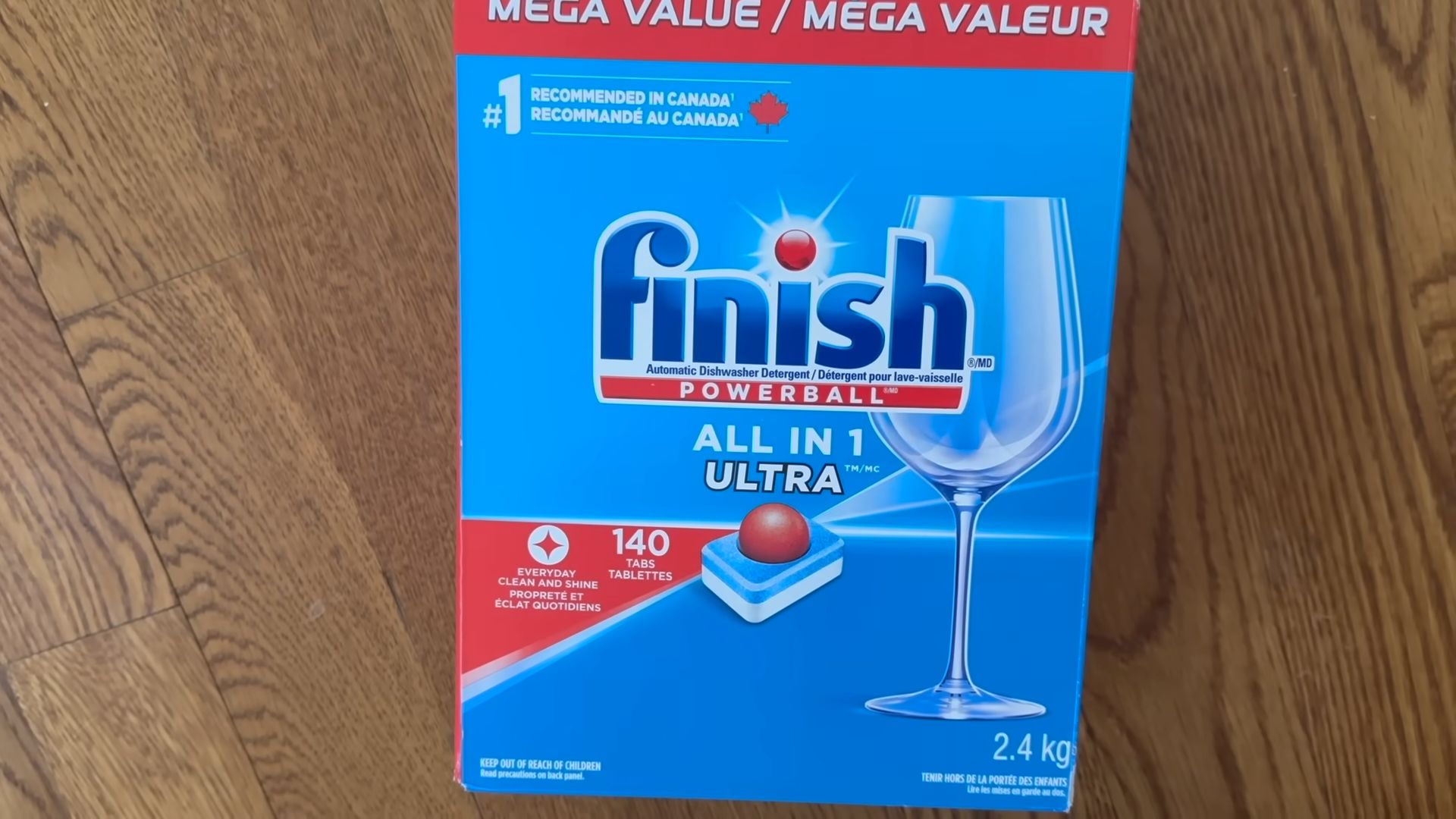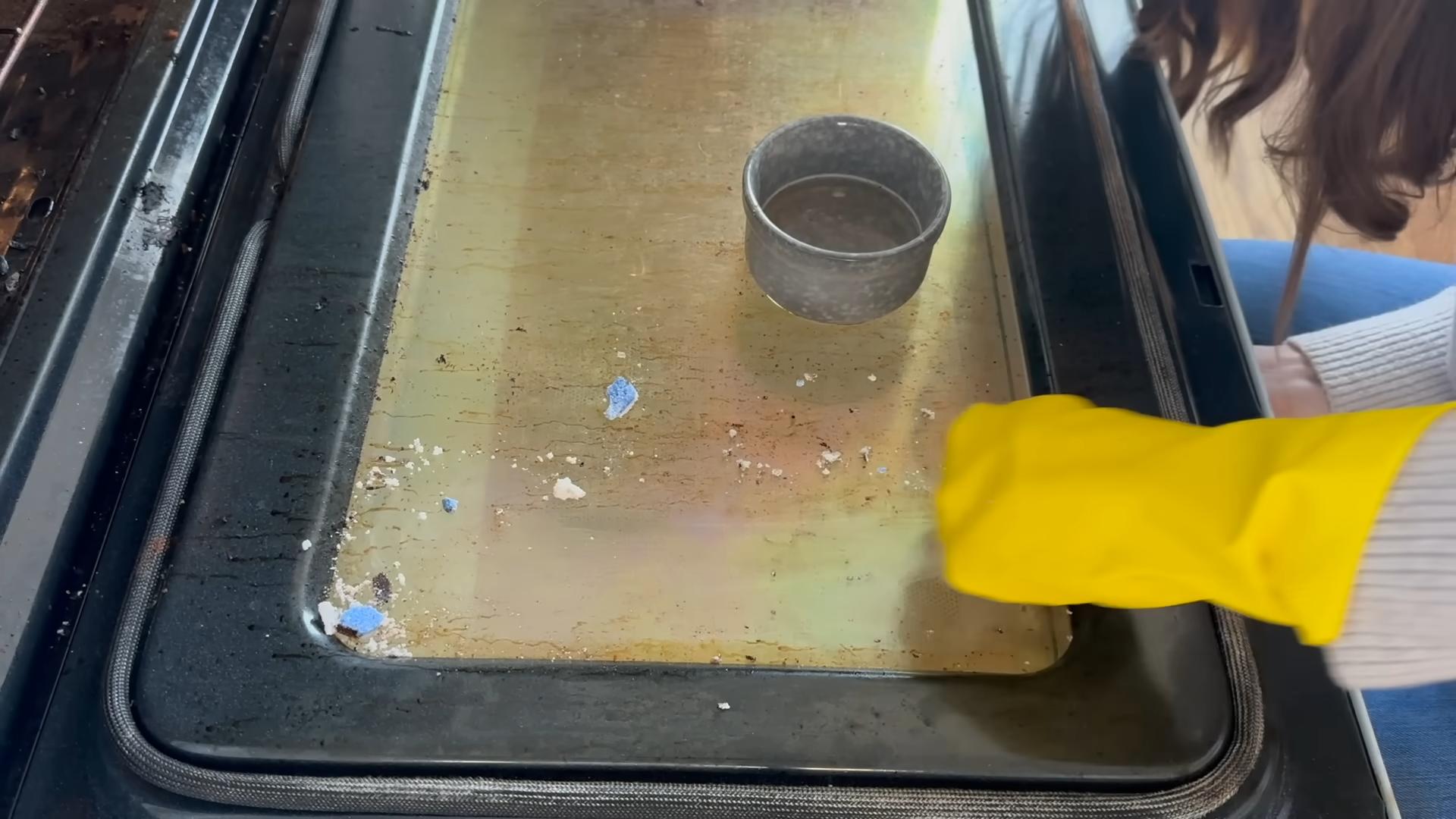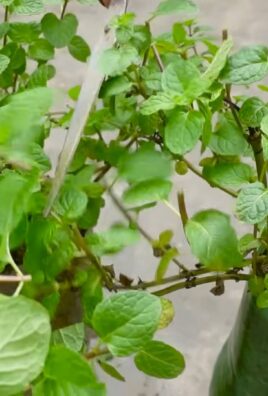Easy Cleaning Hacks: Who doesn’t love a sparkling clean home? But let’s be honest, spending hours scrubbing and scouring isn’t exactly anyone’s idea of a good time. I know I’d rather be relaxing with a good book or spending time with loved ones! That’s why I’m so excited to share some game-changing easy cleaning hacks that will revolutionize your cleaning routine.
For generations, people have sought clever ways to maintain tidy homes. From ancient civilizations using natural remedies like vinegar and baking soda to modern innovations in cleaning technology, the quest for efficiency has always been a driving force. Think about it – our grandmothers probably had their own secret cleaning concoctions passed down through families! These time-tested methods often relied on simple, readily available ingredients, proving that you don’t need harsh chemicals or expensive products to achieve a spotless space.
In today’s busy world, time is a precious commodity. We’re all juggling work, family, and personal commitments, leaving little room for extensive cleaning sessions. That’s where these DIY tricks come in! They’re designed to save you time, money, and effort, allowing you to maintain a clean and healthy home without sacrificing your precious free time. Plus, many of these hacks utilize items you probably already have in your pantry, making them incredibly convenient and budget-friendly. Get ready to discover some amazing shortcuts that will make cleaning a breeze!

Easy Cleaning Hacks to Make Your Life Easier!
Okay, let’s be honest, cleaning isn’t exactly anyone’s favorite pastime. But a clean home is a happy home, right? I’ve gathered some of my absolute favorite, tried-and-true cleaning hacks that will save you time, money, and a whole lot of elbow grease. Get ready to transform your cleaning routine!
Cleaning Your Microwave Like a Pro
Microwaves are notorious for becoming splattered messes. But fear not! This hack uses the power of steam and citrus to loosen grime, making it super easy to wipe away.
What You’ll Need:
* 1 cup of water
* 1 tablespoon of white vinegar (optional, but it boosts cleaning power!)
* 1 lemon or lime, cut in half
* Microwave-safe bowl
* Sponge or cloth
Step-by-Step Instructions:
1. Prepare the Cleaning Solution: In your microwave-safe bowl, combine the water and vinegar (if using). Squeeze the juice from the lemon or lime halves into the water, and then drop the halves into the bowl as well.
2. Microwave Magic: Place the bowl in the microwave and heat on high for 3-5 minutes, or until the water is boiling vigorously and the microwave is filled with steam.
3. Let it Steam: Leave the microwave door closed for another 5 minutes to allow the steam to further loosen the grime. This is crucial! Don’t skip this step.
4. Wipe Away the Mess: Carefully remove the bowl (it will be hot!). Use a sponge or cloth to easily wipe away the loosened food splatters. You’ll be amazed at how easily everything comes off!
5. Final Touches: For stubborn spots, you can dip your sponge or cloth into the remaining lemon-infused water in the bowl. Don’t forget to wipe down the microwave door and the turntable.
De-Gunking Your Showerhead for Better Water Pressure
Hard water can wreak havoc on your showerhead, leading to mineral buildup and reduced water pressure. This simple hack uses vinegar to dissolve those deposits and restore your shower to its former glory.
What You’ll Need:
* White vinegar
* Plastic bag (a Ziploc bag works great)
* Rubber band or twist tie
* Old toothbrush (optional, for extra scrubbing)
Step-by-Step Instructions:
1. Fill the Bag with Vinegar: Pour enough white vinegar into the plastic bag to completely submerge the showerhead.
2. Secure the Bag: Carefully position the bag over the showerhead, ensuring that the showerhead is fully immersed in the vinegar. Use a rubber band or twist tie to securely fasten the bag to the showerhead neck.
3. Soak Overnight: Let the showerhead soak in the vinegar overnight (or for at least a few hours). This gives the vinegar ample time to dissolve the mineral deposits.
4. Remove and Rinse: Remove the bag and discard the vinegar. Turn on the shower and let the water run for a few minutes to flush out any remaining vinegar and loosened debris.
5. Scrub Stubborn Spots (Optional): If you still see some mineral buildup, use an old toothbrush to gently scrub the showerhead.
6. Enjoy Improved Water Pressure: You should notice a significant improvement in your shower’s water pressure!
Cleaning Your Blender Like a Boss
Blenders can be tricky to clean, especially after making smoothies with sticky ingredients. This hack is quick, easy, and requires no disassembly!
What You’ll Need:
* Dish soap
* Water
* Blender
Step-by-Step Instructions:
1. Rinse First: After using your blender, rinse out any large chunks of food.
2. Add Soap and Water: Fill the blender halfway with warm water and add a squirt of dish soap.
3. Blend Away: Secure the lid and blend on high speed for about 30-60 seconds.
4. Rinse Thoroughly: Pour out the soapy water and rinse the blender thoroughly with clean water.
5. Air Dry: Allow the blender to air dry completely before storing it.
Freshening Up Your Mattress
Mattresses can harbor dust mites, dead skin cells, and odors. This simple baking soda hack will freshen up your mattress and leave it smelling clean and revitalized.
What You’ll Need:
* Baking soda
* Essential oil (optional, for added fragrance)
* Sieve or shaker
* Vacuum cleaner with upholstery attachment
Step-by-Step Instructions:
1. Strip the Bed: Remove all bedding, including sheets, blankets, and mattress protectors.
2. Sprinkle Baking Soda: In a bowl, mix baking soda with a few drops of your favorite essential oil (lavender, eucalyptus, or tea tree oil are great choices). Use a sieve or shaker to evenly sprinkle the baking soda mixture over the entire surface of the mattress.
3. Let it Sit: Allow the baking soda to sit on the mattress for at least 30 minutes, or even better, for a few hours. This allows the baking soda to absorb odors and moisture.
4. Vacuum Thoroughly: Use the upholstery attachment of your vacuum cleaner to thoroughly vacuum the entire surface of the mattress, removing all traces of baking soda.
5. Flip and Repeat (Optional): If desired, flip the mattress and repeat the process on the other side.
6. Remake the Bed: Once the mattress is completely dry and free of baking soda, remake the bed with fresh linens.
Cleaning Grout with Baking Soda and Vinegar
Grungy grout can make even the cleanest tiles look dirty. This powerful combination of baking soda and vinegar will lift stains and brighten your grout lines.
What You’ll Need:
* Baking soda
* White vinegar
* Spray bottle
* Old toothbrush or grout brush
* Water
Step-by-Step Instructions:
1. Apply Baking Soda Paste: Make a paste of baking soda and a little water. Apply the paste to the grout lines, covering them completely.
2. Spray with Vinegar: Fill a spray bottle with white vinegar and spray it generously over the baking soda paste. The mixture will fizz – this is normal!
3. Let it Fizz: Allow the mixture to fizz and sit for about 5-10 minutes.
4. Scrub the Grout: Use an old toothbrush or grout brush to scrub the grout lines, working in a back-and-forth motion.
5. Rinse with Water: Rinse the grout lines thoroughly with clean water. You can use a damp sponge or cloth to wipe away any remaining residue.
6. Dry and Admire: Allow the grout to dry completely. You’ll be amazed at how much brighter and cleaner your grout looks!
Unclogging Drains with Baking Soda and Vinegar
Clogged drains are a common household problem. This natural solution is a safe and effective alternative to harsh chemical drain cleaners.
What You’ll Need:
* 1 cup baking soda
* 2 cups white vinegar
* Hot water
Step-by-Step Instructions:
1. Pour in Baking Soda: Pour 1 cup of baking soda down the clogged drain.
2. Add Vinegar: Immediately follow with 2 cups of white vinegar. The mixture will fizz vigorously.
3. Let it Fizz and Sit: Allow the mixture to fizz and sit for about 30 minutes. This gives the baking soda and vinegar time to break down the clog.
4. Flush with Hot Water: After 30 minutes, flush the drain with a pot of boiling hot water.
5. Repeat if Necessary: If the drain is still clogged, repeat the process. For stubborn clogs, you may need to repeat the process several times.
Cleaning Burnt Pots and Pans
Burnt food stuck to the bottom of pots and pans can be a nightmare to clean. This simple hack uses baking soda and simmering to loosen the burnt residue.
What You’ll Need:
* Baking soda
* Water
* Dish soap
* Sponge or scouring pad
Step-by-Step Instructions:
1. Cover the Burnt Area: Cover the burnt area of the pot or pan with a generous layer of baking soda.
2. Add Water: Add enough water to cover the burnt area completely.
3. Simmer on the Stovetop: Bring the water to a simmer on the stovetop and let it simmer for about 15-30 minutes. This will help to loosen the burnt residue.
4. Let it Cool: Remove the pot or pan from the heat and let it cool slightly.
5. Scrub Away the Residue: Use a

Conclusion
So, there you have it! This simple yet incredibly effective DIY cleaning hack is more than just a trend; it’s a game-changer for anyone looking to simplify their cleaning routine and achieve sparkling results without harsh chemicals or breaking the bank. We’ve shown you how to create a powerful cleaning solution using ingredients you likely already have in your pantry. The beauty of this method lies not only in its simplicity and cost-effectiveness but also in its versatility.
Why is this a must-try? Because it tackles common household messes with ease, leaving surfaces clean, fresh, and free from harmful residues. Think about the time and money you’ll save by ditching expensive, store-bought cleaners. Imagine the peace of mind knowing you’re using a natural, eco-friendly solution that’s safe for your family and pets. This DIY approach empowers you to take control of your cleaning process and customize it to your specific needs.
Variations and Suggestions:
Don’t be afraid to experiment! For a boost of disinfecting power, add a few drops of tea tree oil or eucalyptus oil to your cleaning solution. These essential oils not only enhance the cleaning properties but also leave a pleasant, natural scent. If you’re dealing with stubborn stains, try pre-treating the area with a paste made from baking soda and water before applying the cleaning solution. For cleaning glass and mirrors, dilute the solution slightly with more water to prevent streaks. Remember to always test the solution on an inconspicuous area first, especially on delicate surfaces.
Consider using different types of vinegar for varied results. White vinegar is a great all-purpose cleaner, but apple cider vinegar can add a pleasant scent and is particularly effective on greasy surfaces. Infuse your vinegar with citrus peels for a few weeks before using it in your cleaning solution for an extra boost of fragrance and cleaning power. Lemon, orange, and grapefruit peels all work wonderfully.
This easy cleaning hack is perfect for cleaning countertops, sinks, toilets, showers, floors, and even appliances. Just remember to adjust the dilution ratio depending on the surface you’re cleaning. For delicate surfaces like marble or granite, use a more diluted solution and avoid prolonged contact.
We are confident that once you try this DIY cleaning hack, you’ll be amazed by the results. It’s a simple, effective, and eco-friendly way to keep your home clean and healthy. So, ditch the harsh chemicals and embrace the power of natural cleaning!
Now it’s your turn! We encourage you to try this DIY cleaning hack and see the difference for yourself. Share your experiences, tips, and variations in the comments below. We’d love to hear how it works for you and any creative ways you’ve adapted it to your cleaning routine. Let’s build a community of clean, green, and happy homes!
Frequently Asked Questions (FAQ)
What exactly is this “easy cleaning hack” and what does it involve?
This easy cleaning hack refers to creating your own cleaning solution at home using readily available ingredients, typically vinegar, water, and sometimes baking soda or essential oils. It involves mixing these ingredients in specific ratios to create a powerful and versatile cleaner that can be used on various surfaces throughout your home. The exact recipe can vary depending on the specific cleaning task, but the core principle remains the same: using natural, non-toxic ingredients to achieve a clean and fresh home.
Is vinegar really safe to use on all surfaces?
While vinegar is a fantastic natural cleaner, it’s not suitable for all surfaces. Avoid using vinegar on natural stone surfaces like marble, granite, and limestone, as the acidity can etch and damage them. It’s also best to avoid using vinegar on waxed wood furniture, as it can strip the wax finish. Always test the cleaning solution on an inconspicuous area first to ensure it doesn’t cause any discoloration or damage. For delicate surfaces, dilute the vinegar solution with more water.
Can I use any type of vinegar for this DIY cleaning hack?
White vinegar is the most commonly recommended type of vinegar for cleaning due to its high acidity and lack of color, which minimizes the risk of staining. However, apple cider vinegar can also be used, especially for cleaning greasy surfaces. It has a slightly milder scent than white vinegar. Avoid using balsamic vinegar or red wine vinegar, as they can stain surfaces.
How long does the DIY cleaning solution last?
The DIY cleaning solution typically lasts for several weeks when stored in a cool, dark place. However, it’s best to use it within a month to ensure its effectiveness. If you notice any changes in color, odor, or consistency, it’s best to discard the solution and make a fresh batch.
What essential oils are best to use in the cleaning solution?
Many essential oils have antibacterial, antiviral, and antifungal properties, making them excellent additions to your DIY cleaning solution. Some popular choices include tea tree oil, eucalyptus oil, lavender oil, lemon oil, and orange oil. Tea tree oil is known for its disinfecting properties, while lavender oil adds a calming scent. Lemon and orange oils are great for cutting through grease and leaving a fresh, citrusy aroma. Use essential oils sparingly, typically a few drops per batch of cleaning solution.
Can I use this cleaning solution on my clothes?
Vinegar can be used as a laundry booster to brighten whites and remove odors. However, it’s best to add it directly to the washing machine during the rinse cycle rather than using the same cleaning solution you use for surfaces. Avoid using vinegar on delicate fabrics like silk or wool.
My cleaning solution smells too strongly of vinegar. How can I reduce the odor?
The strong smell of vinegar is a common concern. To reduce the odor, you can add a few drops of your favorite essential oil to the cleaning solution. Citrus oils like lemon or orange are particularly effective at masking the vinegar smell. You can also infuse your vinegar with citrus peels for a few weeks before using it in your cleaning solution. Another tip is to ensure proper ventilation while cleaning. Open windows and doors to allow fresh air to circulate. The vinegar smell will dissipate quickly once the surface is dry.
What if I don’t have vinegar? Are there any alternatives?
While vinegar is a key ingredient in this easy cleaning hack, you can try using lemon juice as an alternative. Lemon juice has similar acidic properties and can be used in a similar way to vinegar. However, lemon juice is more expensive than vinegar and may not be as effective for all cleaning tasks. Baking soda can also be used as a standalone cleaner for scrubbing surfaces and removing odors.
How do I clean my microwave with this DIY cleaning hack?
Cleaning your microwave with this DIY cleaning hack is easy. Simply mix equal parts vinegar and water in a microwave-safe bowl. Place the bowl in the microwave and heat for 5-10 minutes, or until the solution boils and the microwave is filled with steam. Carefully remove the bowl and wipe down the inside of the microwave with a clean cloth. The steam will loosen any stuck-on food particles, making them easy to remove.
Is this cleaning solution safe for pets and children?
Yes, this DIY cleaning solution is generally safe for pets and children, as it uses natural, non-toxic ingredients. However, it’s still important to keep the solution out of reach of children and pets to prevent accidental ingestion. If your pet or child ingests the solution, contact your veterinarian or doctor immediately. Always ensure that surfaces are completely dry before allowing pets or children to come into contact with them.




Leave a Comment